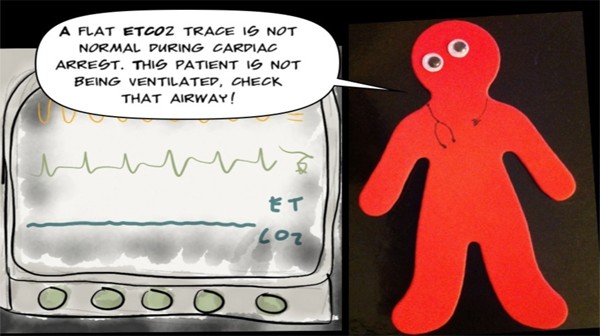
In the last decade, noteworthy changes have occurred resulting in a wider appreciation of capnography by professions other than anesthesiology. Today there is a need to provide specific information on capnography that is relevant to each specialty (Specialty Applications). Although capnography evolved from operating rooms, it is currently used by many health care providers outside of the operating room to enhance the safety of patients under their care. Unlike a textbook, this site undergoes frequent updates to reflect current understanding and new concepts of capnography thus enhancing the breadth and depth of the subject matter. It has become a very useful feature as the site has grown. The search engine on this site facilitates finding information on topics of interest.

A quiz is included to allow users to gauge their levels of understanding and learning. Placing the mouse cursor over the capnogram title brings up the relevant tracing on the central screen. There is also a section 'Capnomagic screen' where several capnograms are arranged by name around a central screen.

A section on 'Anesthesia breathing systems' has been recently included. Each section is also accompanied by 'highlights' for quick understanding. Several animations are used to explain underlying concepts. Users can double click on the section of their choice. The subject matter is divided into several sections. Therefore, a section for emergency personnel has been included. Moreover, it also helps in the swift differential diagnosis of hypoxia before hypoxia leads to irreversible brain damage.īecause of these advantages, the utility of capnography has recently been extended outside of the operating room arena to emergency rooms, endoscopic suites, x-ray rooms, and even to on-site emergency and trauma fields.

The primary goal of anesthesiologists is to prevent hypoxia, and capnography helps to identify situations that can lead to hypoxia if uncorrected. Since the introduction of the first infrared CO 2 measuring and recording apparatus by Luft in 1943, capnography has evolved into an essential component of standard anesthesia monitoring armamentarium.


 0 kommentar(er)
0 kommentar(er)
